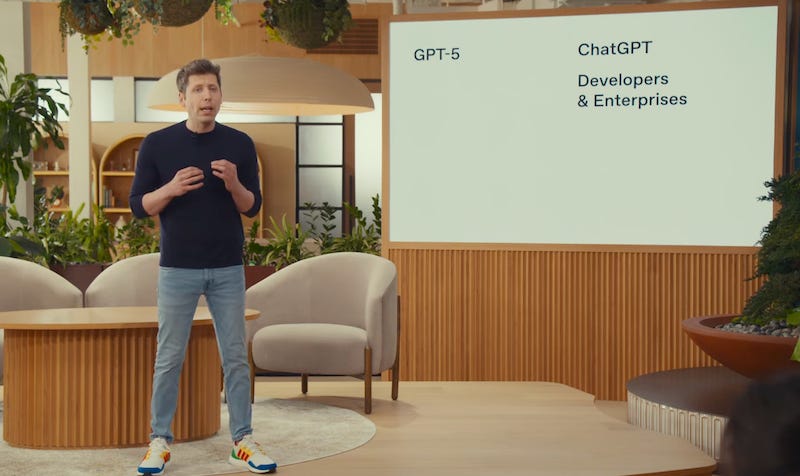GPT-5's Reinforcement Learning Gambit: The Discontinuity That Wasn't (But Should Have Been)
OpenAI bet that advanced training and unified architecture could overcome ecosystem advantages, but execution challenges proved market dynamics trump innovation.

Editorial Note: This analysis was written for AI Supremacy before GPT-5's August 2025 launch, based on public documents, industry reports, and strategic signals from OpenAI. I'm re-publishing it post-launch, with some minor updates, because understanding what OpenAI attempted and why it represented a theoretically sound strategy provides essential context for understanding the current orchestration wars. The gap between strategic ambition and execution reality offers valuable lessons about AI market dynamics that transcend any single model release.
AI discontinuities are threshold moments that redefine entire industries. As I explored in "AI's New Frontier: Orchestration as the Source of Asymmetric Returns," the Agentic Era is defined by orchestration layers that transform commoditized model intelligence into defensible moats and scalable economic value.
With GPT-5's launch imminent, the critical question isn't whether OpenAI ships another model, but the potential impact of its reinforcement learning innovations on the AI industry.
Could GPT-5 deliver the reliability breakthrough needed to reclaim market leadership in the age of agentic AI?
As we now know post-launch, the answer was more complex than anticipated. While the theoretical framework proved sound, execution challenges revealed the difficulty of translating reinforcement learning advantages into market dominance.
This analysis examines what OpenAI was attempting to achieve and why it represented a credible strategic bet, even if the implementation fell short.
Defining Discontinuity: The MCP Standard as Precedent
A discontinuity represents paradigm-shifting breakthroughs that unlock new capabilities, ecosystems, or economies. These are not just better benchmarks, but systemic change that enables compound growth in adjacent markets.
Building on the orchestration framework from my earlier analysis, where I argued that distribution and efficiency now outpace raw model power, consider the impact of Anthropic's Model Context Protocol: before MCP, AI agents were brittle parlor tricks; after, they became the scaffolding for productivity tools like Cursor and Windsurf.
The MCP's success in solving the orchestration problem by standardizing how models invoke tools and resources in context created what I've termed the 'invisible OS' of the agentic era. This invisible OS allows AI systems to coordinate seamlessly across applications without users being aware of the underlying complexity.
The protocol not only improved agent performance but also made agent ecosystems economically viable, as evidenced by Anthropic's 42% code generation market share.
To illustrate the practical leap in code generation, consider the benchmark prompt popularized by Simon Willison: "Generate an SVG of a pelican riding a bicycle." This prompt tests a model's ability to produce detailed, functional vector graphics code from scratch.
Early LLMs struggled with this prompt, often outputting simplistic or broken SVGs. However, advancements in orchestration, such as MCP, have enabled models to handle such tasks with increasing fidelity. Recent Claude iterations generate intricate, rideable pelican designs complete with pedals and feathers, showcasing how standardized tool invocation turns creative prompts into production-ready code.
This is the discontinuity: Infrastructure that enables compounding innovation rather than linear improvement.
In other words, the metric isn't just about better scores on academic benchmarks. These are important, but perhaps less revealing than many observers believe. Instead, the potential discontinuity is about whether the technology unlocks entirely new categories of economic activity.
With this framework established, GPT-5's discontinuity potential becomes measurable against concrete criteria rather than marketing hyperbole.
Keep reading with a 7-day free trial
Subscribe to Decoding Discontinuity to keep reading this post and get 7 days of free access to the full post archives.


